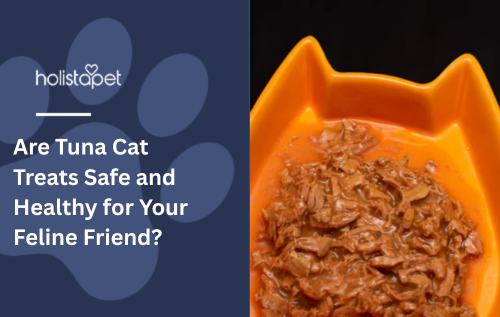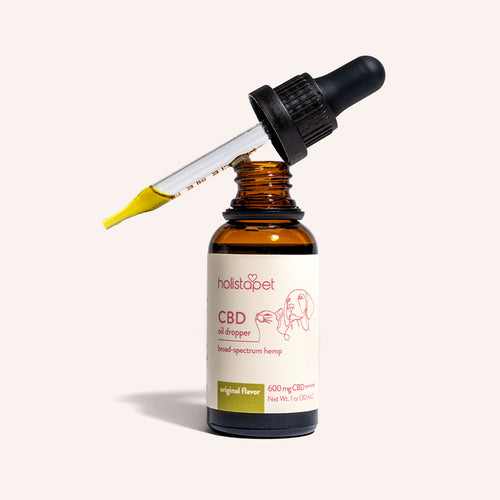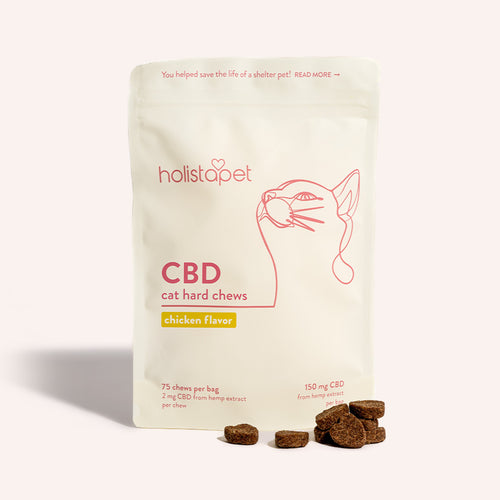Tuna cat treats are a popular choice among pet parents. They're packed with flavor, rich in protein, and loved by even the pickiest cats. But before you toss another tuna bite to your furry companion, it's important to understand whether these treats are a safe and healthy option in the long run.
In this guide, we’ll explore everything you need to know about tuna-based treats for cats—including benefits, potential risks, feeding tips, and more.
 Why Do Cats Love Tuna Treats So Much?
Why Do Cats Love Tuna Treats So Much?
Cats are naturally drawn to the strong aroma and taste of tuna. It's a high-protein fish that appeals to their carnivorous instincts. Tuna cat treats, whether homemade or store-bought, often become a feline favorite due to:
-
Irresistible flavor
-
Soft or chewy texture
-
High protein content
-
Low-carb profile
However, just because your cat loves them doesn’t mean tuna treats should be a staple in their diet.
Are Tuna Cat Treats Safe?
Yes, in moderation. Tuna cat treats are generally safe if given occasionally and as part of a balanced diet. However, overfeeding tuna—especially canned human tuna—can lead to health issues such as:
-
Mercury exposure
-
Nutrient imbalances
-
Addiction to tuna-only diets
Veterinarians recommend treating tuna as a supplement, not a meal replacement. Always look for cat-specific tuna treats with added nutrients and minimal additives.
How Often Can You Give Tuna Cat Treats?
Treats should make up no more than 10% of your cat’s daily caloric intake. A small piece of tuna treat once a day or every other day is usually sufficient. Always monitor your cat for signs of allergies, upset stomach, or unusual behavior.
What To Look For in Quality Tuna Cat Treats
To ensure you're giving your cat the best, choose tuna treats that are:
✅ Made with real tuna as the first ingredient
✅ Free from artificial preservatives and colors
✅ Formulated specifically for cats
✅ Low in sodium and fat
✅ Enriched with taurine and omega-3s
Reading the label is essential—many low-cost treats may contain more filler than fish.
DIY Tuna Cat Treats Recipe
Want a quick and healthy homemade treat? Try this simple recipe:
Ingredients:
-
1 can of tuna in water (drained)
-
1 egg
-
2 tablespoons of oat flour
Instructions:
-
Preheat oven to 350°F (175°C).
-
Blend all ingredients into a dough.
-
Roll into small balls and place on a lined baking sheet.
-
Bake for 10–12 minutes or until firm.
-
Cool and store in the fridge for up to 5 days.
 Frequently Asked Questions
Frequently Asked Questions
Are tuna treats good for cats with allergies?
It depends on the type of allergy. Some cats may be allergic to fish proteins. If you notice itching, vomiting, or diarrhea after giving tuna treats, consult your vet.
Can I give my cat human-grade canned tuna?
Occasionally, yes—but not regularly. Human-grade tuna lacks taurine and can be high in sodium and mercury.
Are freeze-dried tuna treats healthy?
Freeze-dried tuna treats can be a great option. They retain most of the nutrients and don’t require added preservatives. Just make sure they’re made for cats.
Do tuna treats help with training?
Yes! Tuna treats can be a powerful motivator during training sessions due to their strong smell and flavor. Just break them into small pieces to avoid overfeeding.
Final Thoughts
Tuna cat treats can be a nutritious and enjoyable reward for your feline—if used wisely. They’re best given in moderation, as a supplement to a well-rounded cat diet. Look for high-quality, vet-approved treats, and avoid relying solely on tuna as a food source.
When in doubt, consult your vet, especially if your cat has dietary restrictions or existing health concerns. Your cat’s happiness and health go hand in hand—and the right treat can bring both joy and wellness.
Helpful Notes
-
Introduce new treats gradually to avoid digestive upset.
-
Always provide fresh water alongside treats.
-
If your cat becomes “addicted” to tuna, rotate treat flavors to maintain dietary variety.


 CBD Oil for Cats - Fast Acting
CBD Oil for Cats - Fast Acting
 CBD Cat Treats - Easy Dose
CBD Cat Treats - Easy Dose
 CBD Calming Chews for Cats - Highly Rated
CBD Calming Chews for Cats - Highly Rated
 CBG Oil for Dogs and Cats - Loved by Thousands
CBG Oil for Dogs and Cats - Loved by Thousands





Leave a comment
This site is protected by hCaptcha and the hCaptcha Privacy Policy and Terms of Service apply.